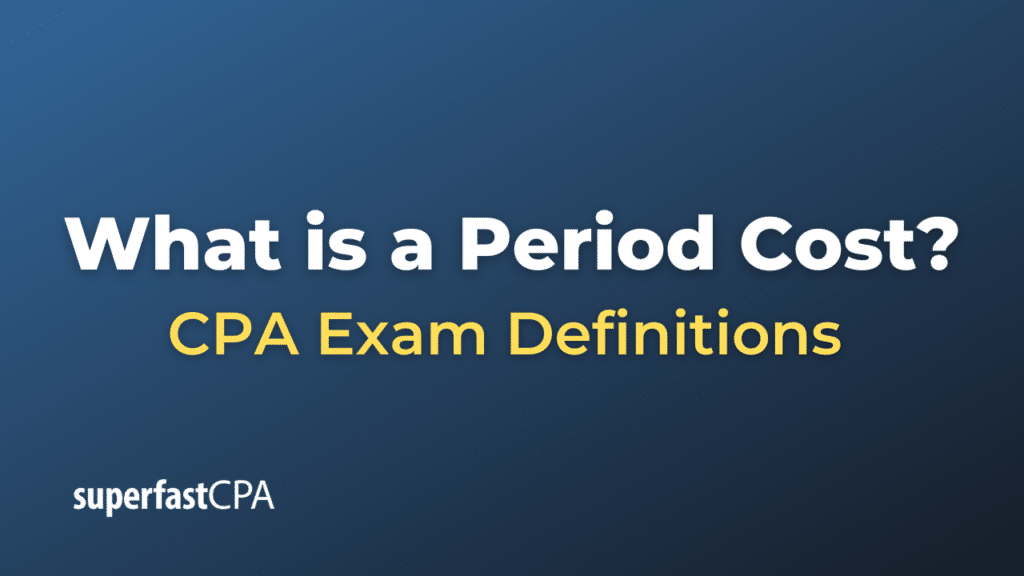Period Cost
A period cost, in the realm of accounting, refers to a cost that is not directly tied to a product or production activity. Instead, period costs are associated with the operations of a business within a specific time period. These costs are expensed in the period they occur and are not tied to the inventory.
Period costs usually include selling, general, and administrative expenses such as:
- Rent on office space
- Utilities for the office
- Office supplies
- Salaries and wages for administrative staff
- Depreciation on office equipment
- Marketing and advertising costs
- Insurance
- Legal and consulting fees
For example, if a business pays rent for its office space, that cost doesn’t directly contribute to the production of any specific product. Rather, it’s necessary for the overall operation of the business. Therefore, the rent expense would be considered a period cost and it is usually expensed in the income statement in the period it’s incurred.
Contrarily, product costs are directly associated with the production of goods or services and include raw materials, direct labor, and manufacturing overhead. These costs are capitalized as inventory and do not become an expense until the inventory is sold. At that point, they are reported as cost of goods sold (COGS) in the income statement.
Example of a Period Cost
Let’s consider a clothing manufacturing company, “Stylish Threads.”
Stylish Threads has various types of costs associated with its business. Here are a few examples:
Product Costs (directly tied to the production of clothing):
- Cost of raw materials such as fabric, threads, buttons, zippers, etc.
- Wages of workers who sew and assemble the clothing.
- Depreciation on sewing machines and other manufacturing equipment.
- Utilities for the factory where the clothing is produced.
These costs are capitalized as inventory and become part of the cost of goods sold (COGS) when the clothing is sold.
Period Costs (not directly tied to the production of clothing):
- Rent for the corporate office where administrative staff works.
- Salaries of administrative staff, such as accountants, HR personnel, and managers.
- Marketing and advertising expenses to promote the clothing line.
- Professional fees for legal advice or business consulting.
These costs are not tied to the production of any specific piece of clothing, but they are necessary for the overall operation of the business. Therefore, these are period costs and are expensed in the income statement in the period they’re incurred, regardless of how many pieces of clothing are produced or sold.













